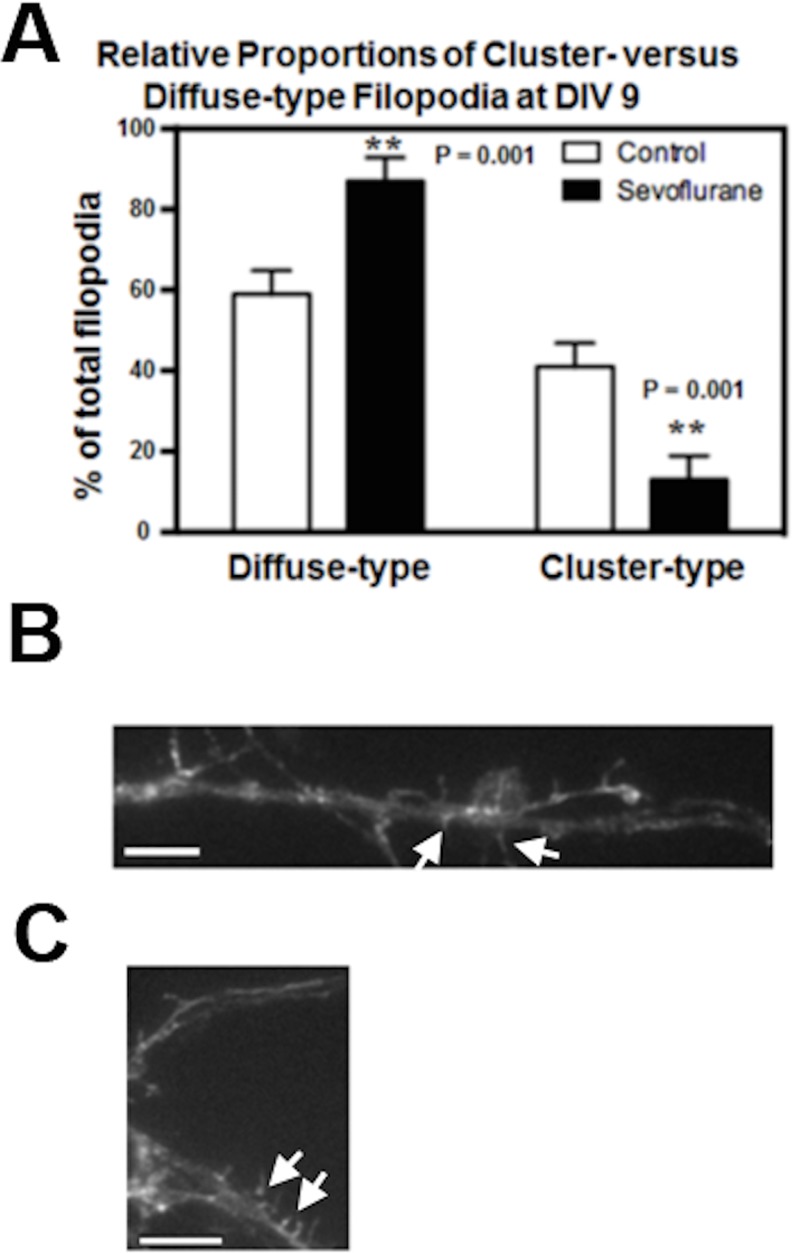Fig 3. Sevoflurane alters the relative proportions of diffuse-type versus cluster-type filopodia in DIV9 developing mouse hippocampal neurons.

(A) 3% sevoflurane for four hours on DIV7 caused an increase in diffuse-type and a decrease in cluster-type filopodia two days later compared to control unexposed hippocampal neurons. (B) representative fluorescent image of F-actin containing diffuse-type filopodia (arrows) in sevoflurane-exposed neurons. (C) representative fluorescent image of F-actin containing cluster-type filopodia (arrows) in control neurons. Phalloidin staining of F-actin was performed as described in Methods.(**: the difference between sevoflurane-exposed and unexposed neurons). N = 233 protrusions, similar results were obtained in two experiments. Calibration bars (B,C) are 5 microns in length.
